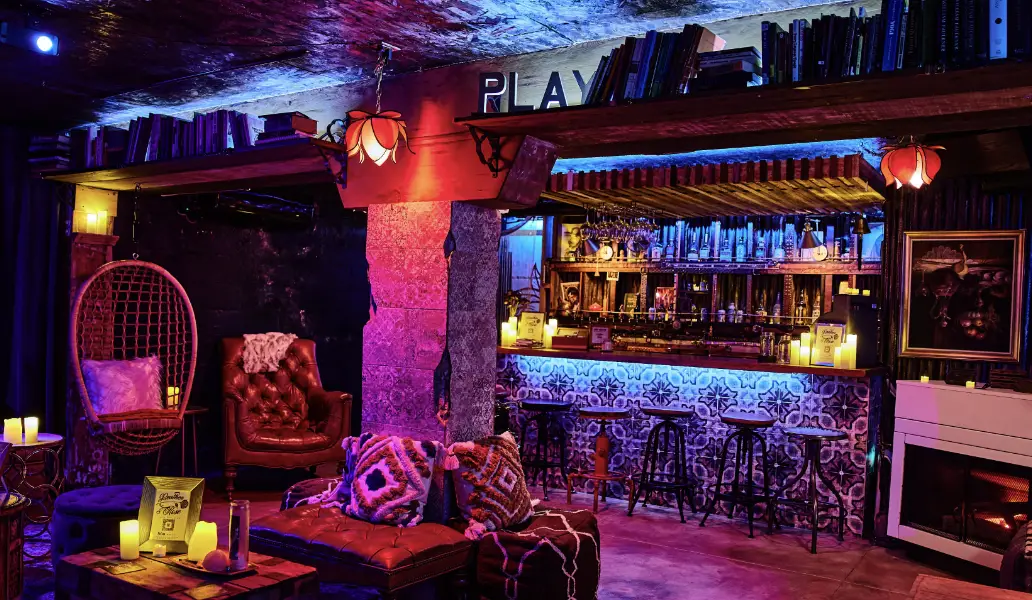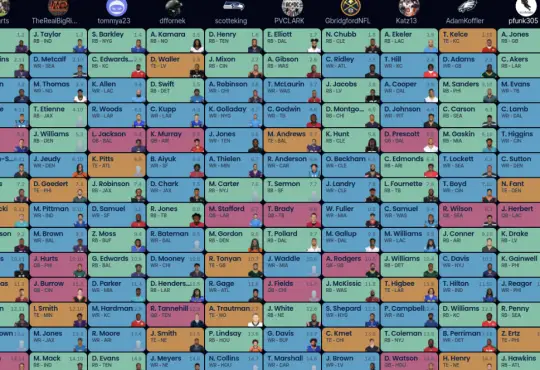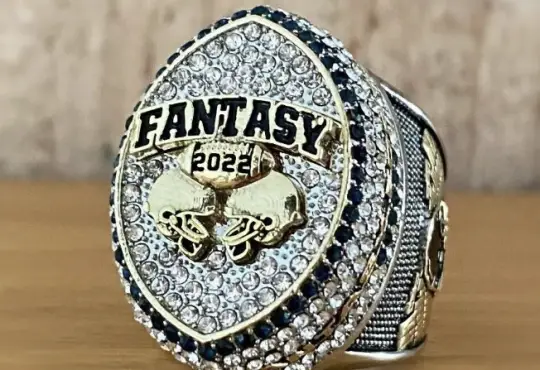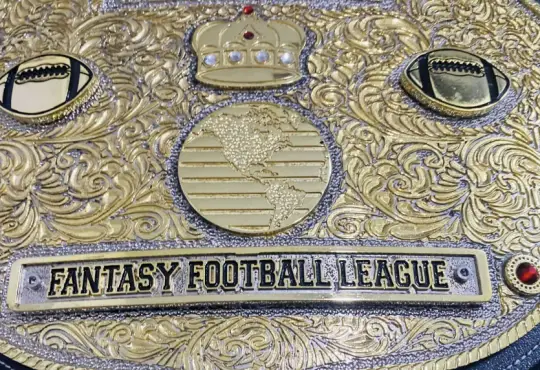
Unlocking the Secrets: What is a Speakeasy?
Imagine a time when clandestine venues, hidden from the public eye, served as havens for those seeking a forbidden indulgence during the Prohibition era in the United States. Welcome to the world of speakeasies – a fascinating and clandestine chapter in the history of nightlife. In this blog post, we’ll explore the intriguing origins, unique features, and lasting impact of speakeasies, taking you on a journey to a bygone era of hidden bars and secret libations.
- The Origins of Speakeasies:
During the Prohibition era, spanning from 1920 to 1933, the sale, production, and distribution of alcoholic beverages were prohibited in the United States. The 18th Amendment, enacted to combat societal issues related to alcohol abuse, inadvertently birthed an underground movement that would forever alter the social landscape. With alcohol made illegal, the demand for clandestine establishments, known as speakeasies, skyrocketed.
- The Secretive Nature of Speakeasies:
The name “speakeasy” originates from the practice of patrons being advised to “speak easy” or quietly when requesting entrance to these covert venues. Concealed behind unassuming facades such as flower shops or unmarked doors, speakeasies sought to avoid detection by law enforcement and maintain an air of secrecy.
- Passwords and Codes:
To access these covert establishments, patrons often required a password or a secret code, known only to those “in the know.” This ensured that only trusted individuals gained entry, protecting the speakeasies from infiltration by law enforcement or informants.
- Bootlegging and Moonshine:
Speakeasies obtained their alcohol through illicit means, including bootlegging and the production of homemade liquor, known as moonshine. This led to a rise in organized crime and the establishment of powerful criminal networks.
- The Roaring Twenties:
The Prohibition era and the speakeasy culture coincided with the Roaring Twenties, a period marked by cultural and social changes, including the rise of jazz music, the flapper movement, and a newfound sense of rebellion against traditional norms.
- Speakeasies Today:
Although Prohibition ended in 1933, the allure of speakeasies continues to captivate the modern imagination. Today, speakeasies have experienced a revival in major cities worldwide, offering patrons an opportunity to relive the charm of the past. These modern speakeasies often pay homage to their historical predecessors with vintage decor, classic cocktails, and an ambiance that evokes the spirit of the Roaring Twenties.
Conclusion:
The era of speakeasies remains an enchanting and storied period in history, marked by secrecy, rebellion, and the quest for libations amidst Prohibition’s restrictive laws. These hidden bars, concealed behind innocuous exteriors, played a pivotal role in shaping the social fabric of the 1920s, leaving an enduring impact on nightlife culture. Today, modern speakeasies provide a glimpse into the past while inviting patrons to immerse themselves in the charm of the Roaring Twenties. As we raise our glasses to toast the resilience of this clandestine movement, let us cherish the legacy of speakeasies and the allure of the forbidden that continues to captivate our imagination. Cheers!






